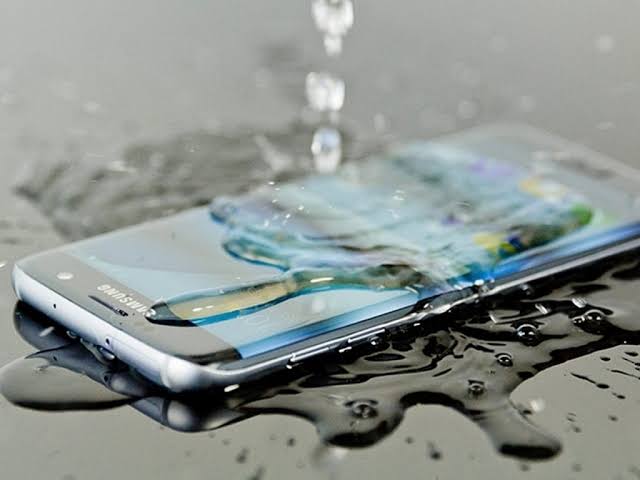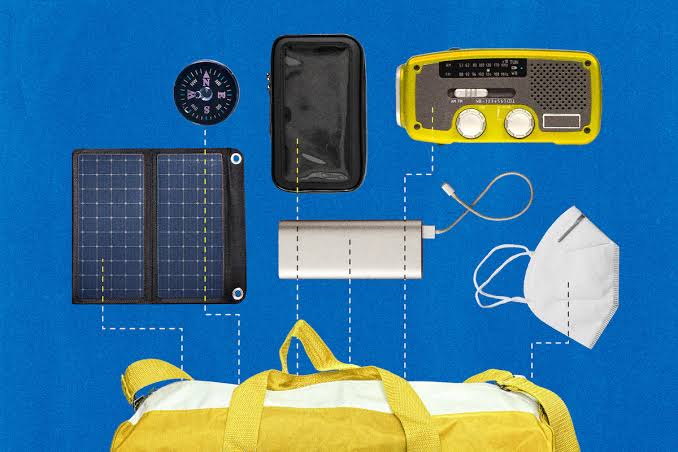Today, people want more from their electronics than just speed, memory, and battery life. Water resistance has become an important feature in smartphones, smartwatches, earbuds, fitness trackers, and laptops. By July 2025, water resistance technology in electronics has improved a lot, helping protect devices from spills, rain, or even being underwater. But water resistance is more than just labels like “waterproof” or “splash-proof.” This guide explains what water resistance really means, the different certification levels, and how to pick the right protection for your devices.
What Does Water Resistance Really Mean?
Water resistance refers to a device’s ability to prevent water from entering its internal components, but it does not imply that the gadget is completely impervious to water. Unlike the term “waterproof,” which suggests total immunity to water exposure, “water-resistant” implies there is a limit to how much water a gadget can tolerate.
Manufacturers often perform tests under specific laboratory conditions to determine how long and how deep a gadget can be submerged before it is compromised. These results are then coded into ratings—like IP67 or IP68—that offer consumers a measurable understanding of a gadget’s durability. However, real-world usage may differ significantly from controlled lab settings, especially in dynamic environments like oceans or bathtubs.
Understanding IP Ratings
One of the most common systems used to classify water resistance in gadgets is the IP (Ingress Protection) rating, developed by the International Electrotechnical Commission (IEC). The IP rating is a two-digit code: the first digit indicates protection against solid particles like dust, while the second digit relates to protection against water.
For example, a device rated IP67 is dust-tight (6) and can be submerged in water up to one meter deep for 30 minutes (7). IP68, often seen in flagship smartphones as of 2025, allows for even deeper submersion, typically up to 1.5 meters or more depending on the manufacturer’s specifications. The latest gadgets like the iPhone 17 Pro Max and Samsung Galaxy S25 Ultra boast IP68 ratings, but some new rugged models now go as far as IP69K, which offers high-pressure water resistance—mainly useful for industrial or military applications.
Difference Between Water-Resistant, Waterproof, and Water-Repellent
While these terms are often used interchangeably in marketing materials, they each mean different things technically.
Water-resistant means the device can resist water penetration to a certain extent but is not impervious. It usually handles splashes or light rain but may fail in submersion.
Waterproof, a term used sparingly due to legal liability, implies a device can be submerged in water without any damage. However, very few consumer gadgets meet this criterion consistently over time, and warranties rarely cover water damage.
Water-repellent refers to coatings applied to surfaces that cause water to bead and roll off. This is typically a feature seen in rugged gadgets or wearables where external layers repel water on contact but do not provide full submersion protection.
Gadgets That Commonly Feature Water Resistance
As of mid-2025, water resistance is no longer exclusive to premium gadgets. It is now found in mid-range and budget smartphones, earbuds, wearables, and even some laptops. Smartwatches and fitness trackers, such as the Apple Watch Series 10 and Fitbit Charge 7, often feature WR50 or 5ATM water resistance, making them suitable for swimming and showers.
Wireless earbuds like the Galaxy Buds 3 Pro or Sony LinkBuds S2 now include IPX5 or IPX7 ratings, allowing users to wear them during intense workouts or light rain. Gaming laptops and premium ultrabooks like the Dell XPS 17 or HP Spectre x360 are now being designed with spill-resistant keyboards and internal moisture barriers for accidental liquid exposure.
Real-World Limitations of Water Resistance
Despite high IP ratings and marketing claims, users should remain cautious when exposing gadgets to water. Most water resistance tests are performed using fresh water under controlled conditions. Salt water, soapy water, or chlorinated pool water can be more corrosive and potentially damage the gadget even if it carries a high IP rating.
Additionally, over time, water resistance can deteriorate. Wear and tear, accidental drops, or opening SIM trays and charging ports can compromise seals and gaskets. Manufacturers often recommend not deliberately submerging your device, even if it is rated IP68. Also, many warranties specifically exclude water damage, despite the water resistance certification.
Tips for Maintaining Your Gadget’s Water Resistance
To maintain your device’s water resistance, always use it within the manufacturer’s recommended limits. Avoid exposing your gadget to salt water or high-pressure jets unless explicitly stated safe. After exposure to any water, it’s good practice to dry the device with a soft cloth and allow it to air-dry completely before charging or using ports.
If your gadget has removable parts such as SIM trays or memory card slots, make sure these are sealed tightly after each use. Replacing gaskets or seals every couple of years—especially on rugged devices—is advisable. It’s also wise to get your water-resistant smartwatch or earbuds checked if you use them frequently in water-based environments.
Choosing the Right Water Resistance for Your Lifestyle
When shopping for a water-resistant gadget in 2025, your lifestyle and usage habits should dictate your choice. If you’re an avid swimmer or adventurer, look for at least 5ATM or IP68-rated devices. For regular users who may encounter rain or the occasional spill, IP67 or even IP54 may be sufficient.
Professional environments such as construction or military work may demand IP69K devices for maximum protection. Always weigh your real-world needs against what the gadget offers and consider investing in a waterproof case for added safety.
Conclusion
Water resistance in gadgets has become a vital feature that enhances durability and user confidence. However, understanding what each rating truly means and how it translates to real-world use is essential. As of July 2025, the technology has matured, but it still requires responsible usage and maintenance to ensure long-term effectiveness. Whether you’re caught in the rain, swimming laps, or simply prone to the occasional spill, knowing your gadget’s water resistance limits will help you make informed choices and protect your investment for the long run.



